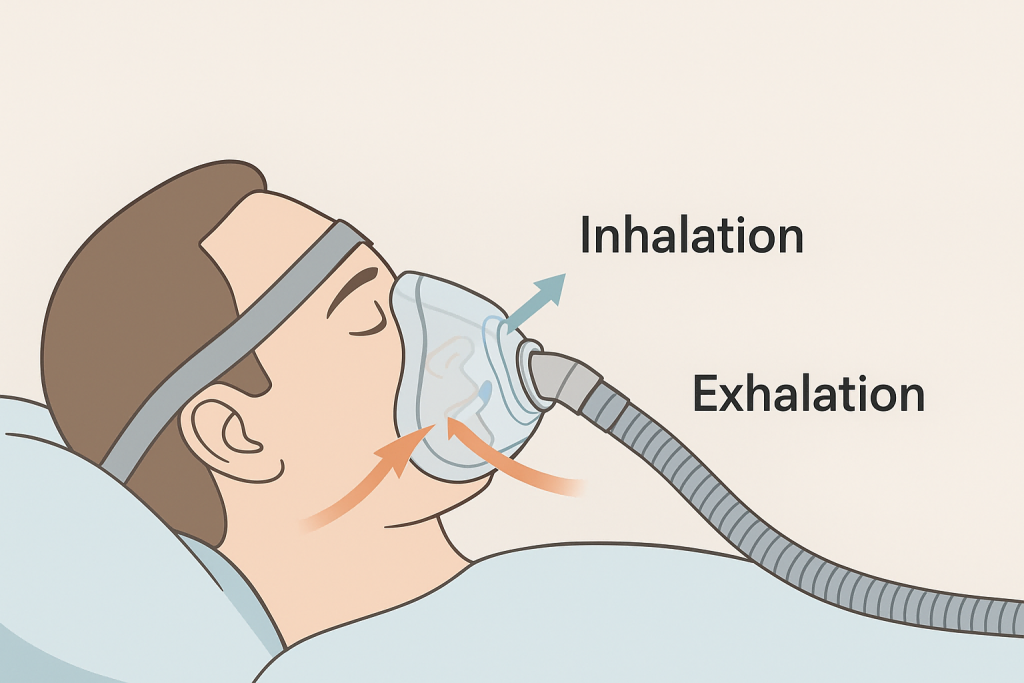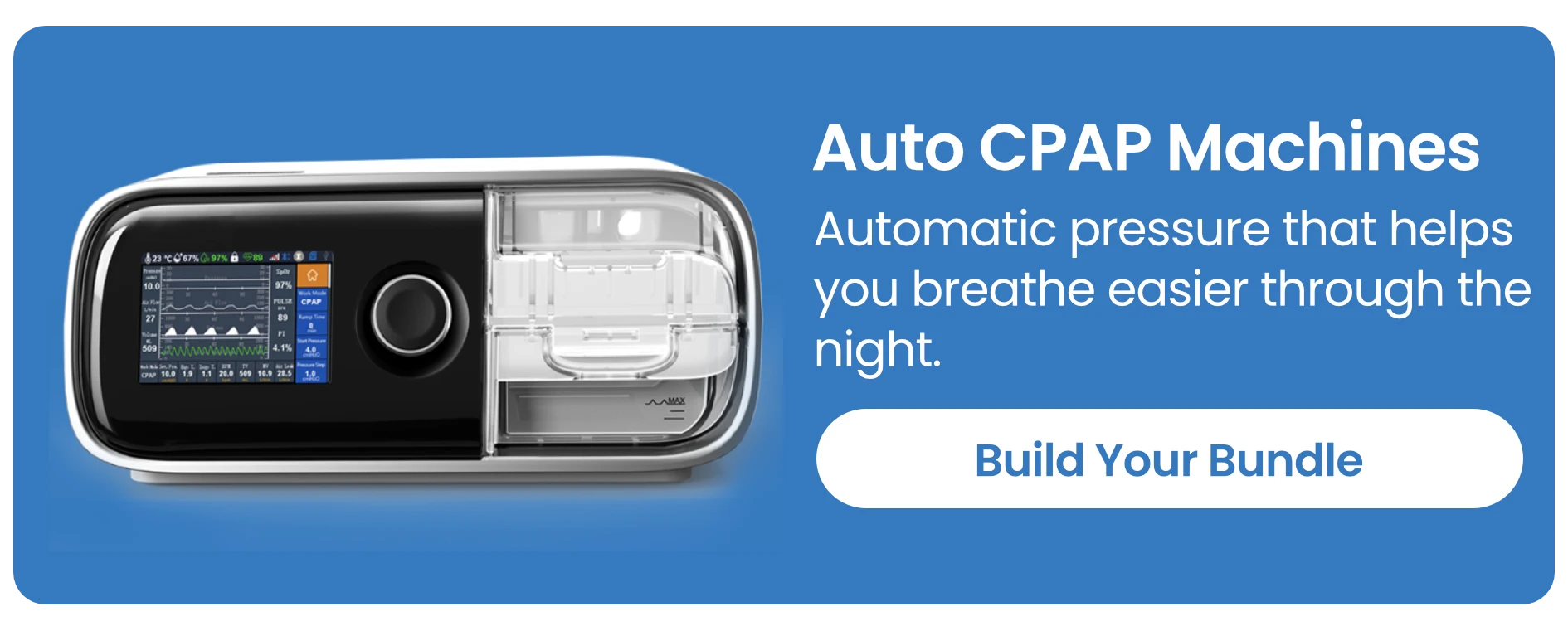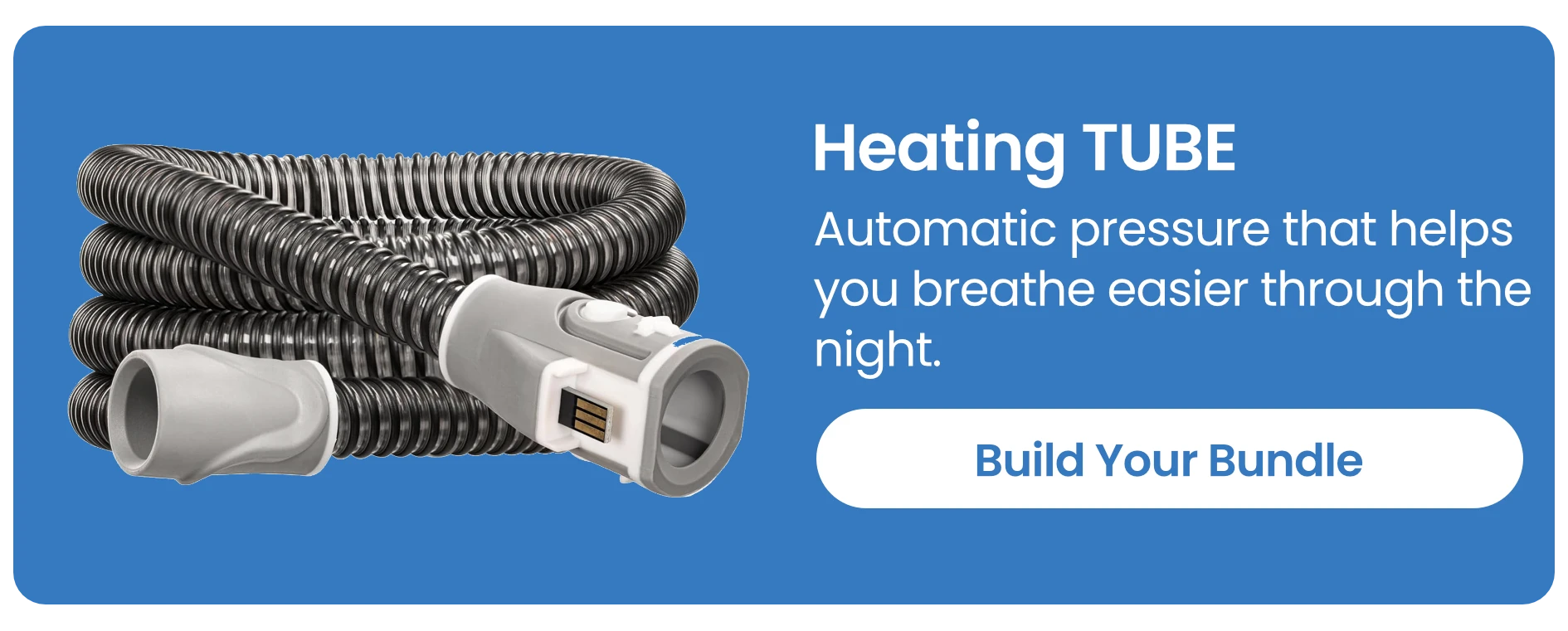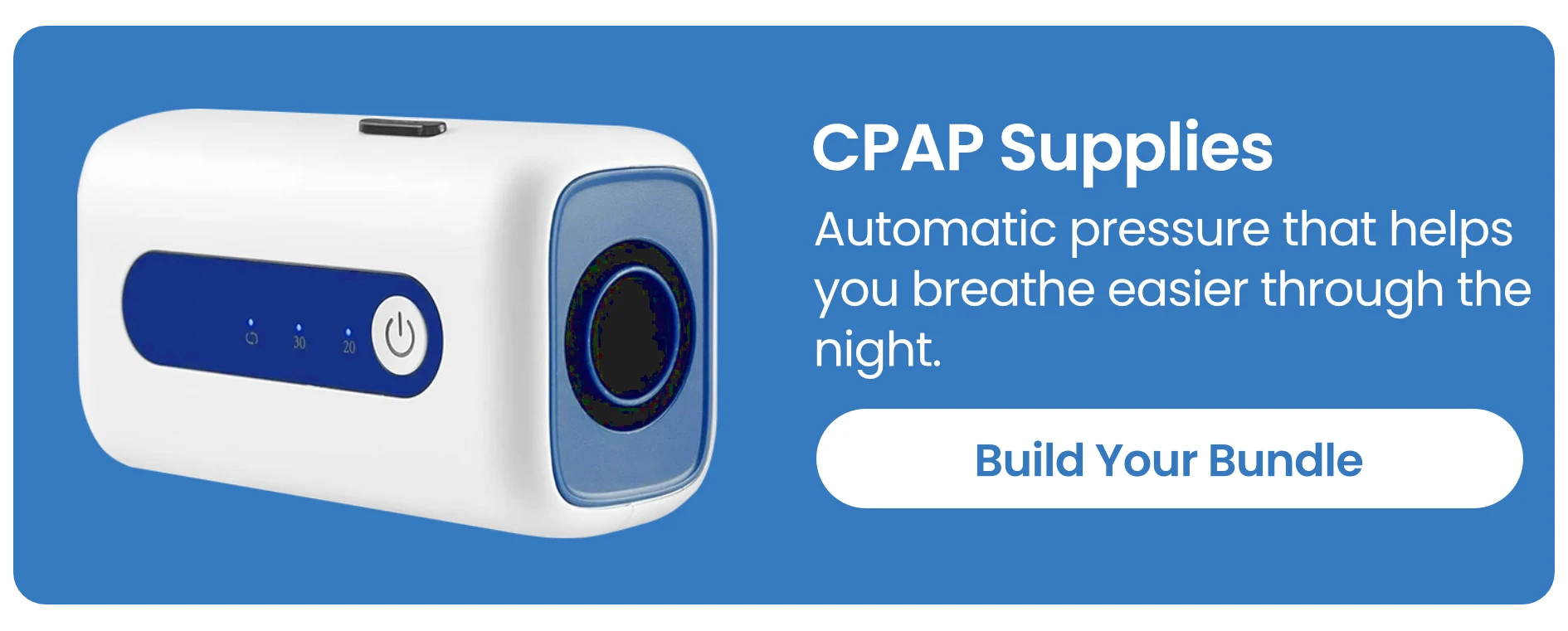Where Does the Exhaled Air Go While Wearing the CPAP Mask? Shocking Truth Revealed!
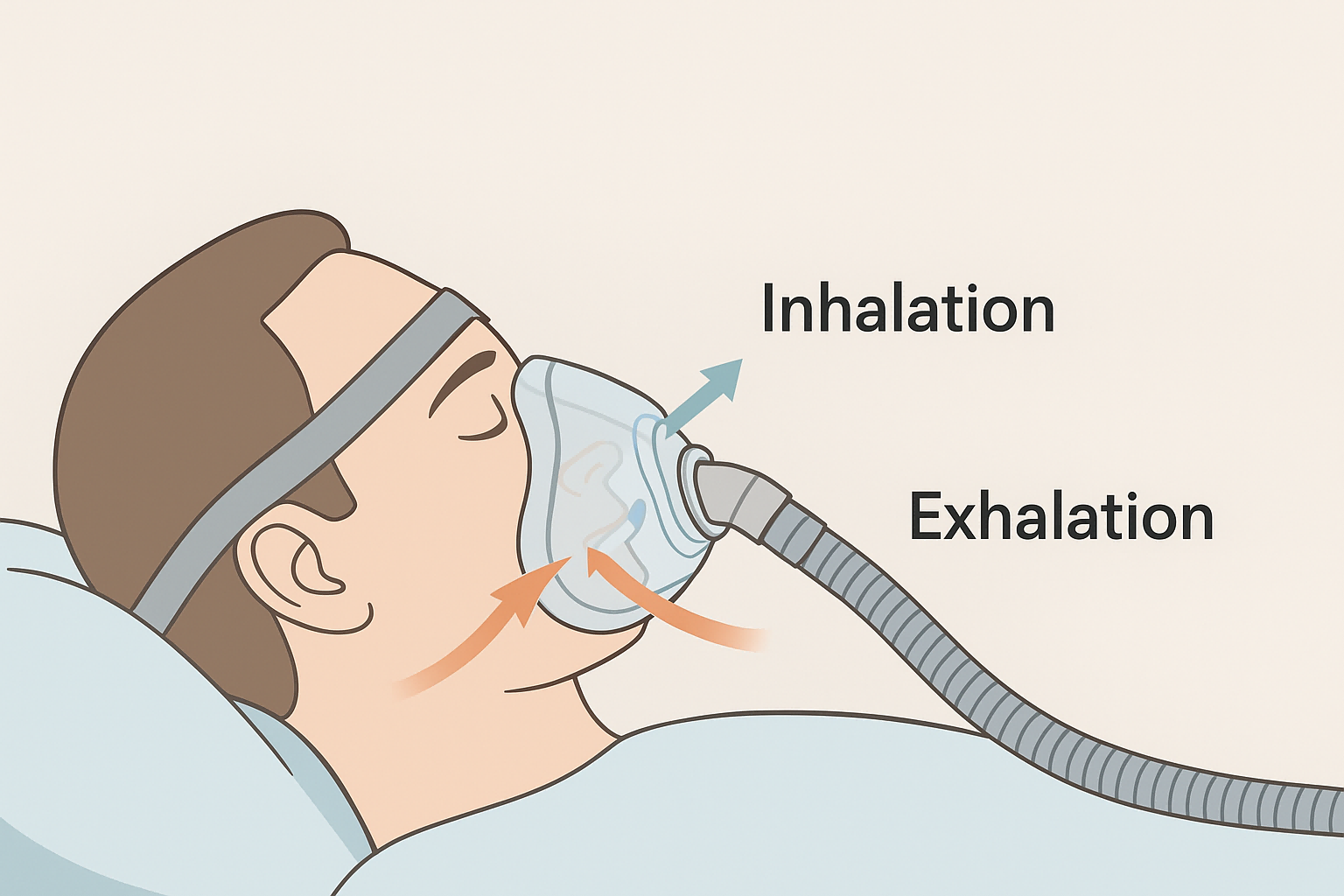
If you’re new to CPAP therapy, you might be wondering: Where does the exhaled air go while wearing the CPAP mask? 🤔 It’s a very common question among people starting CPAP treatment for sleep apnea. After all, if the machine is constantly blowing air in, how does your exhaled breath escape?
The answer is simple yet fascinating: CPAP masks are carefully designed with exhalation ports and diffuser systems that allow your exhaled carbon dioxide (CO₂) to exit safely into the surrounding air. This ensures you breathe comfortably without ever rebreathing stale air.
In this article, we’ll break down exactly how CPAP masks handle exhaled air, what safety features are built in, and how to make CPAP therapy more comfortable. Let’s dive in! 🚀
Introduction to CPAP Therapy
What is CPAP and Why is it Used?
CPAP, short for Continuous Positive Airway Pressure, is the gold-standard treatment for obstructive sleep apnea (OSA). It delivers a steady stream of pressurized air through a mask, keeping your airway open during sleep. This prevents the pauses in breathing (apneas) that can disrupt rest and strain the heart.
How CPAP Helps People with Sleep Apnea
By keeping your airway open, CPAP reduces:
- Loud snoring
- Daytime fatigue
- Morning headaches
- Risks of heart disease and stroke
Millions of people worldwide use CPAP every night, making it one of the most successful long-term therapies for sleep-related breathing disorders.
Understanding Airflow in CPAP Masks
Continuous Positive Airway Pressure Basics
Unlike normal breathing, where you inhale and exhale without assistance, CPAP delivers a constant air pressure. This pressure acts like an “air splint,” keeping your throat muscles from collapsing.
The Role of Inhalation and Exhalation in Breathing
- Inhalation: You breathe in pressurized air that keeps your airway open.
- Exhalation: You breathe out, and your exhaled air leaves the mask through vent holes specifically designed for this purpose.
Where Exactly Does Exhaled Air Go in a CPAP Mask?
Here’s the part most patients want to know:
Built-in Exhalation Ports and Vents
Every CPAP mask comes with tiny vent holes. These are carefully engineered to allow exhaled air to escape without compromising the incoming airflow.
Diffuser Technology in Modern CPAP Masks
Some advanced masks include diffusers, which spread out the exhaled air. This makes it:
- Quieter (reduces “hissing” sounds)
- Less disturbing for your sleeping partner
- More comfortable overall
Safety Mechanisms Preventing Rebreathing of CO₂
Engineers design CPAP masks to ensure carbon dioxide never accumulates. The airflow system guarantees constant flushing of exhaled gases, so there’s no risk of suffocation.
Types of CPAP Masks and Their Exhalation Systems
Nasal CPAP Masks
Nasal masks cover only the nose and are popular among patients who primarily breathe through their nose. These masks typically feature vent holes near the bridge of the nose, which direct exhaled air away from the user’s face and into the surrounding room.
Full-Face CPAP Masks
Full-face masks cover both the mouth and nose, making them ideal for mouth-breathers or those with frequent nasal congestion. Their exhalation ports are larger to accommodate higher airflow, ensuring CO₂ is efficiently expelled even at higher pressures.
Nasal Pillow Masks
Nasal pillow masks rest at the nostrils, providing a lightweight and minimal design. The exhalation vents are usually at the front of the mask, diffusing air gently to reduce noise and prevent disturbance to a partner.
Common Concerns About Exhaled Air in CPAP Use
Can Exhaled Air Leak Back into the Mask?
No. CPAP masks are specifically engineered to prevent rebreathing. While air may feel “stale” if the mask isn’t fitted properly, correctly adjusted masks allow exhaled air to exit freely.
Why Do Patients Sometimes Feel Air Escaping?
This is usually due to mask leaks rather than exhaled air. A poor seal, old cushions, or incorrect mask sizing can cause air to escape around the edges.
Is There a Risk of Carbon Dioxide Buildup?
Not under normal conditions. As long as the mask is intact and properly vented, CO₂ buildup is virtually impossible because of continuous airflow flushing the system.
CPAP Exhalation vs. Natural Breathing
Differences Between Normal Breathing and CPAP Breathing
- In normal breathing, inhalation and exhalation pressures are balanced.
- In CPAP, inhalation may feel easier because the air is pushed into your airway. Exhalation, however, can sometimes feel slightly “resisted” because you’re breathing out against pressure.
How CPAP Maintains Proper Oxygen and CO₂ Balance
Modern CPAP devices are calibrated to ensure a healthy exchange of oxygen and carbon dioxide, keeping your breathing safe, steady, and natural throughout the night.
Tips for Comfortable Exhalation with CPAP
Using the Ramp Feature for Easier Breathing
The ramp feature gradually increases pressure as you fall asleep. This allows your body to adjust naturally without feeling overwhelmed by high pressure right away.
Exhalation Pressure Relief (EPR) Settings
Many CPAP machines offer EPR or Flex technology, which automatically lowers the pressure slightly when you exhale. This makes breathing out much more natural and comfortable.
Choosing the Right Mask for Better Comfort
Comfort plays a huge role in therapy success. If exhaling feels difficult, switching to a different style of mask (like nasal pillows instead of a full-face mask) may help.
Expert Opinions and Clinical Studies
Insights from Sleep Specialists
Sleep specialists consistently reassure patients that CPAP exhalation vents are safe and effective. They stress that feelings of “suffocating” often come from mask discomfort, not actual air retention.
Research on CO₂ Clearance in CPAP Therapy
Clinical studies show that CPAP masks are designed with ventilation rates far above human exhalation needs, ensuring CO₂ clearance is always adequate. In other words, the design far exceeds safety requirements.
Troubleshooting Exhalation Issues
Mask Leakage Problems
If you notice air blowing into your eyes, loud hissing, or partner complaints, it may indicate a poor mask fit. Regularly replacing cushions and adjusting straps can solve the problem.
Humidification and Dry Air Concerns
Exhaling against dry air can feel irritating. Using a heated humidifier keeps the airway moist, making both inhalation and exhalation smoother.
When to Seek Professional Help
If exhalation feels persistently uncomfortable or causes panic, consult a sleep technician. They can adjust pressure settings or recommend different masks to improve your therapy experience.
Frequently Asked Questions (FAQs)
Does CPAP recycle exhaled air?
No. CPAP masks vent exhaled air continuously through special ports, preventing any recycling.
Can CPAP masks cause suffocation?
Absolutely not. Masks are designed with fail-safe venting systems that ensure fresh air is always available.
Why do I feel air blowing on my partner?
That’s the exhalation vent air flow. Modern masks with diffusers help reduce this effect and make the air less noticeable.
Should I worry about CO₂ buildup with CPAP?
No. CPAP airflow is strong enough to flush out CO₂ continuously, making buildup impossible.
Do different masks handle exhaled air differently?
Yes. Nasal, full-face, and nasal pillow masks each have unique vent designs, but all serve the same purpose: safely expelling exhaled air.
How can I make exhaling easier on CPAP?
Use EPR settings, ramp features, humidification, and proper mask fitting to make breathing more natural.
Conclusion: Breathing Easy with CPAP
So, where does the exhaled air go while wearing the CPAP mask? The answer is simple: it escapes safely through built-in exhalation vents and diffusers that are engineered to protect you from CO₂ buildup while keeping therapy comfortable.
Thanks to these carefully designed systems, CPAP therapy remains not only effective but also safe, reliable, and life-changing. With the right mask and settings, you can sleep peacefully knowing your breathing is well-supported. 🌙✨
